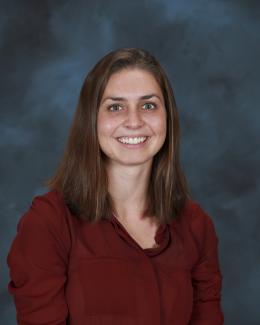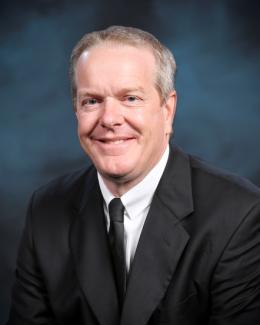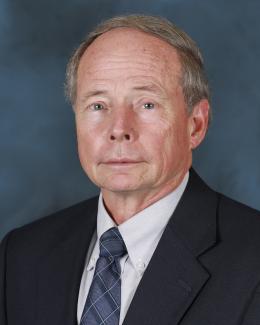OAK RIDGE, Tenn., Jan. 12, 2015—With a 3-D printed twist on an automotive icon, the Department of Energy’s Oak Ridge National Laboratory is showcasing additive manufacturing research at the 2015 North American International Auto Show in Detroit.
ORNL’s newest 3-D printed vehicle pays homage to the classic Shelby Cobra in celebration of the racing car’s 50th anniversary. The 3-D printed Shelby will be on display January 12-15 as part of the show’s inaugural Technology Showcase.
Researchers printed the Shelby car at DOE’s Manufacturing Demonstration Facility at ORNL using the Big Area Additive Manufacturing (BAAM) machine, which can manufacture strong, lightweight composite parts in sizes greater than one cubic meter. The approximately 1400-pound vehicle contains 500 pounds of printed parts made of 20 percent carbon fiber.
Recent improvements to ORNL’s BAAM machine include a smaller print bead size, resulting in a smoother surface finish on the printed pieces. Subsequent work by Knoxville-based TruDesign produced a Class A automotive finish on the completed Shelby.
“Our goal is to demonstrate the potential of large-scale additive manufacturing as an innovative and viable manufacturing technology,” said Lonnie Love, leader of ORNL’s Manufacturing Systems Research group. “We want to improve digital manufacturing solutions for the automotive industry.”
The team took six weeks to design, manufacture and assemble the Shelby, including 24 hours of print time. The new BAAM system, jointly developed by ORNL and Cincinnati Incorporated, can print components 500 to 1000 times faster than today’s industrial additive machines. ORNL researchers say the speed of next-generation additive manufacturing offers new opportunities for the automotive industry, especially in prototyping vehicles.
“You can print out a working vehicle in a matter of days or weeks,” Love said. “You can test it for form, fit and function. Your ability to innovate quickly has radically changed. There’s a whole industry that could be built up around rapid innovation in transportation.”
The Shelby project builds on the successful completion of the Strati, a fully 3-D printed vehicle created through a collaboration between Local Motors and ORNL.
The lab’s manufacturing and transportation researchers plan to use the 3-D printed Shelby as a laboratory on wheels. The car is designed to “plug and play” components such as battery and fuel cell technologies, hybrid system designs, power electronics, and wireless charging systems, allowing researchers to easily and quickly test out new ideas.
The ORNL booth at NAIAS highlights additional research and development activities in manufacturing and vehicle technologies including displays on energy absorption, composite tooling, printed power electronics and connected vehicles. For more info, visit http://web.ornl.gov/sci/manufacturing/media/news/detroit-show/.
High-resolution photos of the 3-D printed Shelby are available here: https://www.flickr.com/photos/oakridgelab/.
The project was funded by the Advanced Manufacturing Office in DOE’s Office of Energy Efficiency and Renewable Energy and ORNL’s Laboratory Directed Research and Development program.
UT-Battelle manages ORNL for the Department of Energy’s Office of Science. The Office of Science is the single largest supporter of basic research in the physical sciences in the United States, and is working to address some of the most pressing challenges of our time. For more information, please visit http://energy.gov/science/.








